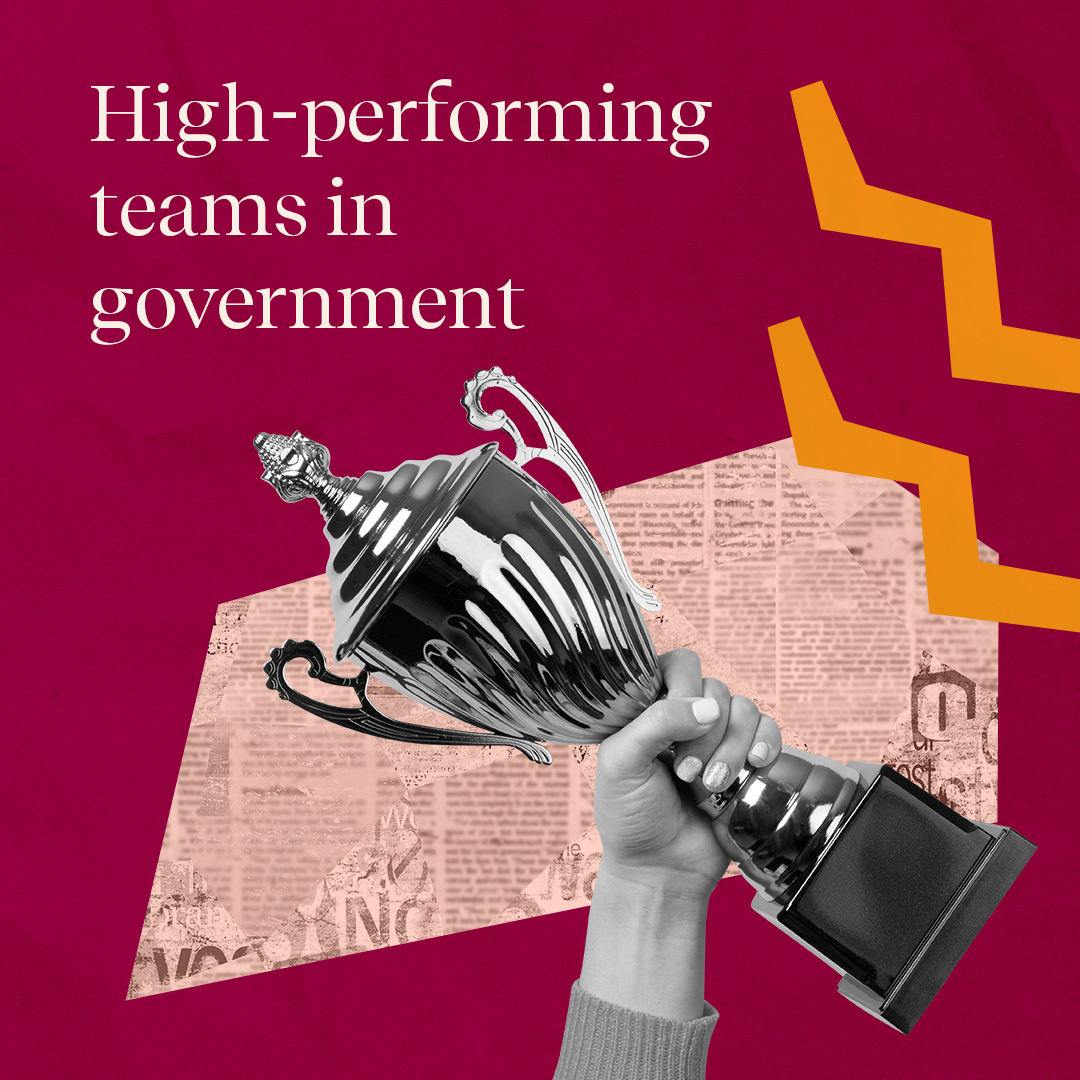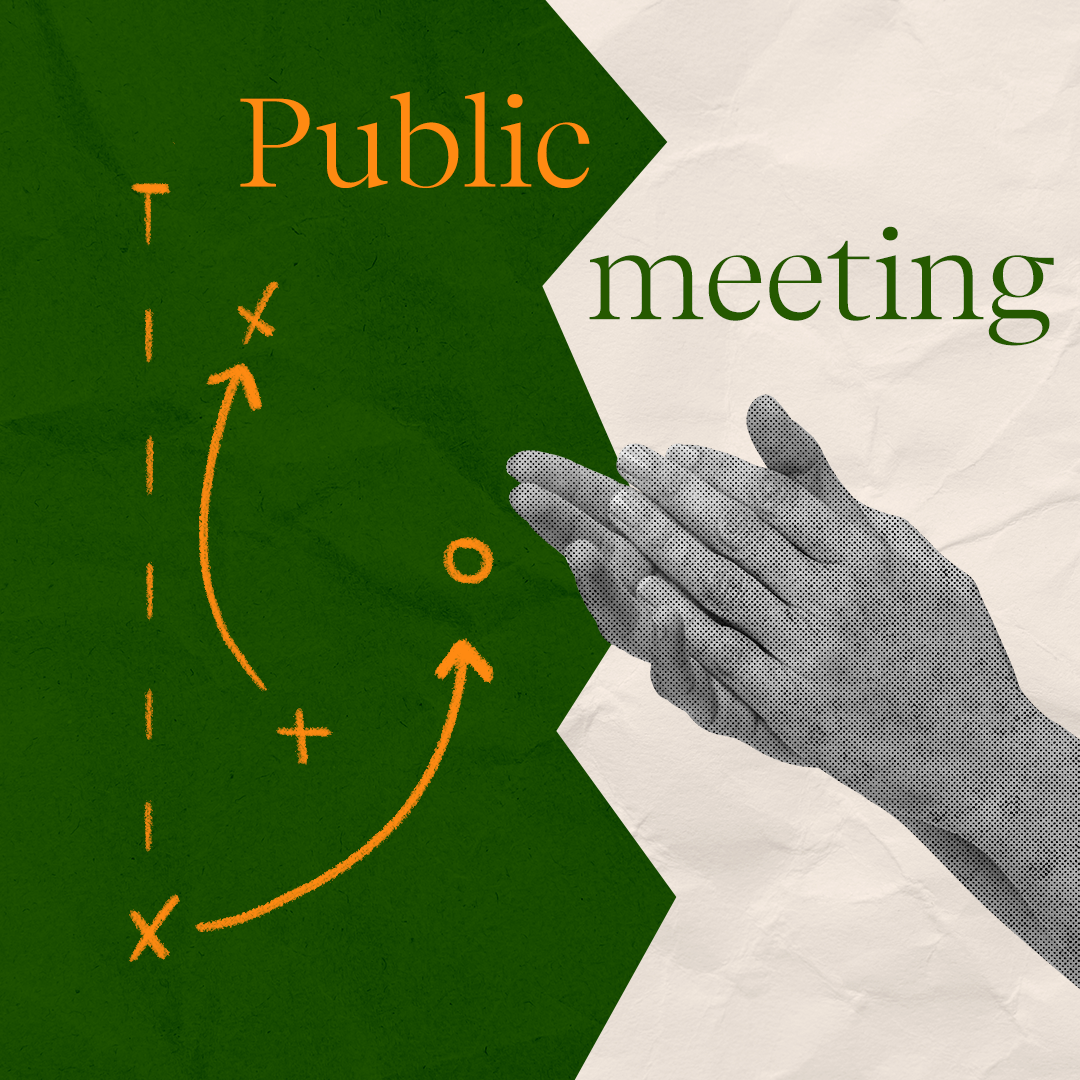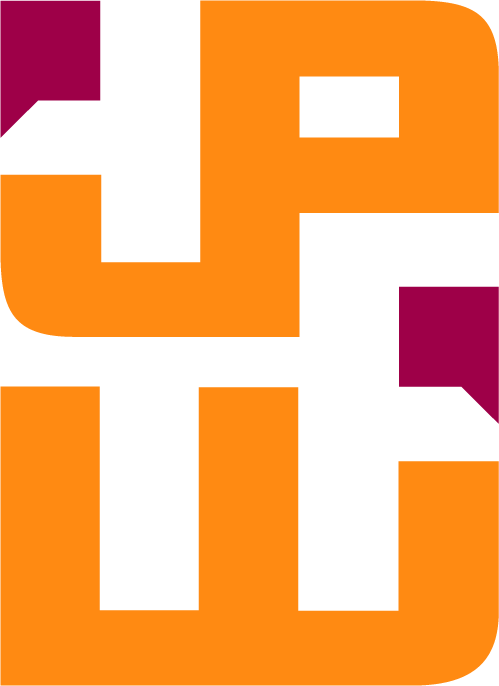
Trends we’re talking about to get ready for 2026
2026 is bringing new tools, new platforms and new expectations. These eight communication trends show how public agencies can build trust, strengthen relationships and lead meaningful conversations in a rapidly changing environment.

Say it simply: Clarity in communications
Clear communication is both a skill and a public service. Read our tips to see how clear messaging can build trust, confidence and stronger communities. Start the new year with purpose and focus on what matters most.

Become a data-driven government communicator by turning insights into impact
In today’s fast-paced, information-rich environment, government communicators are constantly asked to do more with less: more transparency, more engagement and more measurable results. We know how challenging it can be to prove impact while juggling urgent projects and public expectations. That’s where a data-driven approach can make all the difference. By using real metrics to guide strategy and storytelling, communicators can move beyond guessing what works to knowing, and use that insight to create meaningful, measurable impact.

From paper to practice: Turning your strategic plan into daily action
Every government agency invests time and resources into developing a strategic communications plan. But too often, these plans end up as impressive documents that gather dust on a shelf, referenced only during annual reviews or leadership meetings. The real value of a strategic plan comes when it’s woven into the fabric of daily operations: guiding decisions, shaping priorities and inspiring action at every level.

JPW celebrates 10 years of helping public agencies build trust and strengthen communities
News release: For the past decade, JPW has partnered with public agencies across California to strengthen community trust, make complex projects understandable and ensure residents’ voices are heard. As the firm celebrates its 10th anniversary, its leaders emphasize not just their own growth, but the results delivered for clients and the communities they serve.

From a hope and a prayer to a decade of impact
This October, JPW Communications celebrates 10 years of helping government agencies connect with their communities through clear, creative and impactful communication. What began in 2015 with “a hope and a prayer” in a spare bedroom has grown into a trusted partner for agencies across California and beyond.

Built to thrive: High-performance teams in the public sector
High-performing public sector teams don’t happen by accident. Culture, clarity and coaching drive trust, alignment and impact.

Serving the public at your side
When we work with you, we don’t just deliver work products. We serve with purpose because public service is in our DNA.

JPW and Carlsbad honored for “Life in Action” campaign
JPW is honored to announce our client, The City of Carlsbad, earned a 2025 Award of Merit at from the California Association for Local Economic Development (CALED) for its "Life in Action" campaign.

What does “hard to reach” really mean?
Is “hard to reach” the right label or does the engagement process need to change?

Why the IAP2 Spectrum should be your North Star for community engagement
A deep dive into the IAP2’s spectrum of public participation as a tool for public communicators

Our game plan for engaging public meetings
How to host a public meeting that people will want to come to (including you)

Turn your rebrand skeptics into supporters with these four tips
Struggling to secure buy-in for a rebrand? We get it. Not everyone sees the need right away, so we've compiled our top four tips to build momentum, win over skeptics and launch a new brand that your agency and community can stand behind proudly.


Hit refresh: Three simple ways to update your brand
Hit refresh: Three simple ways to update your brand

Being the Source of Truth During CIP Projects
Being the Source of Truth During CIP Projects

Your brand is more than a logo
There is a misnomer that your brand is your logo, and your logo is your brand; however, there’s a lot more to it than that.


Innovate with intention: How to test trends without losing focus
Avoiding the shiny object syndrome (and why it’s important)

